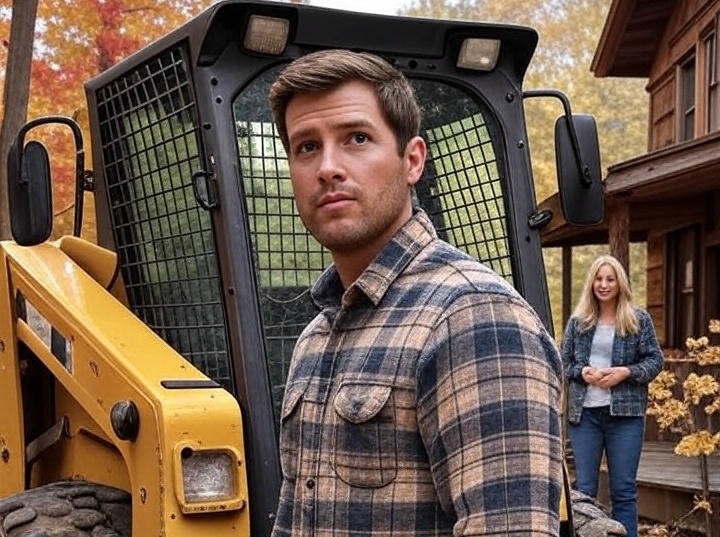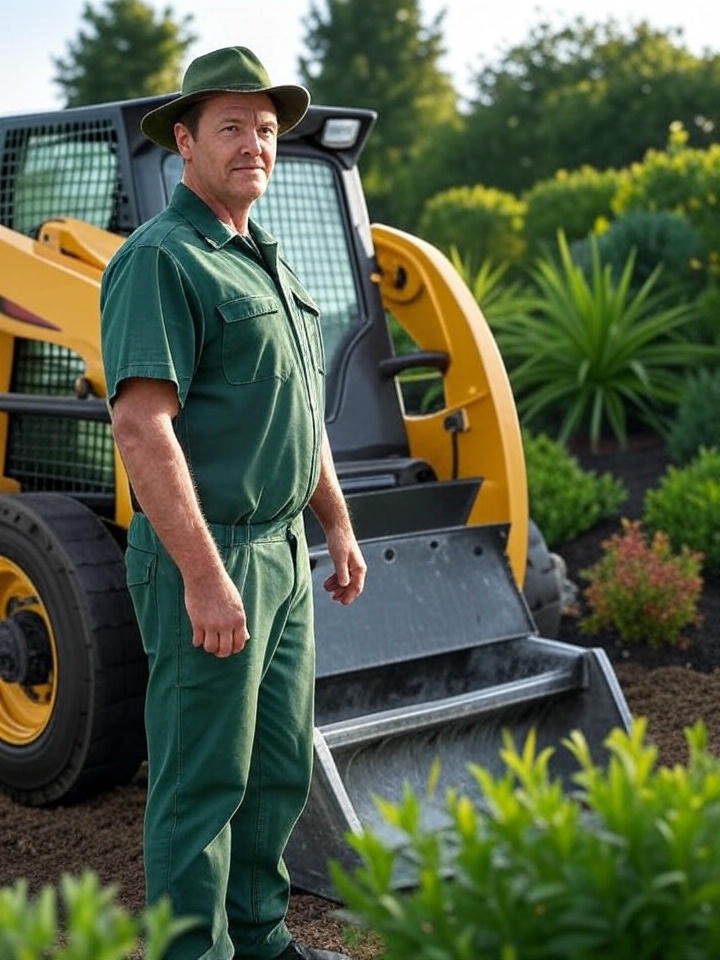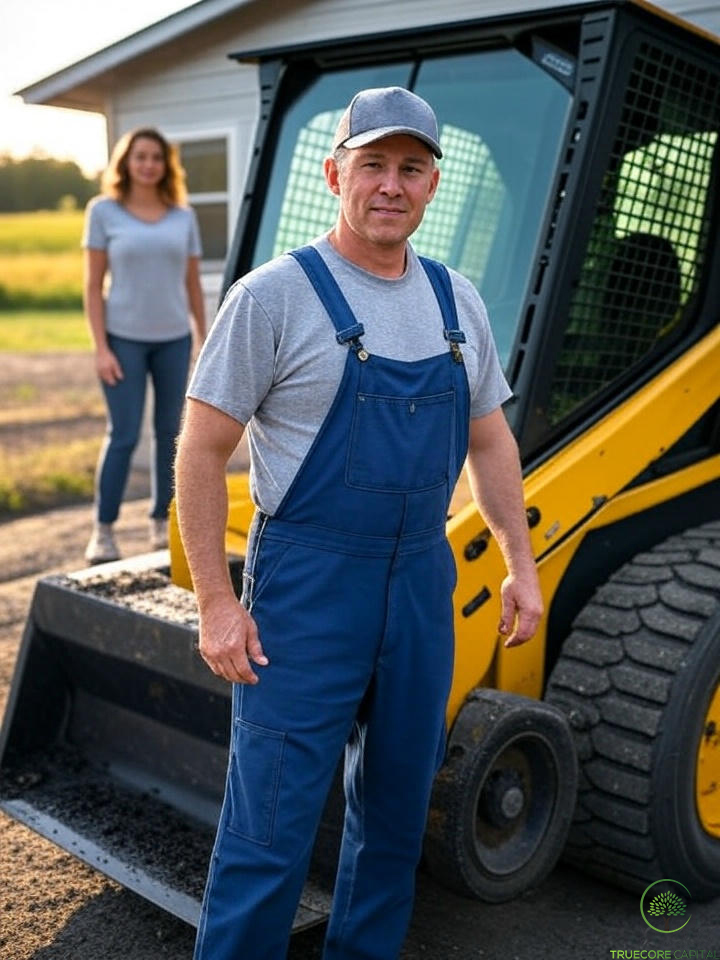
Skid steers continue to be one of the most versatile and in-demand pieces of equipment for construction, landscaping, agriculture, and snow removal. As demand for compact equipment grows in 2025—fueled by infrastructure investments and rising labor efficiency needs—owning a skid steer can be a smart move for contractors and small business owners alike. But purchasing one outright can be a heavy financial lift. That’s where smart financing comes in. Whether you’re a first-time buyer or upgrading your fleet, here are the top five tips for financing a skid steer in 2025.
Fortunately, purchasing a skid steer in 2025 is easier and more flexible than it has ever been. You can obtain the equipment you require without depleting your financial reserves thanks to a variety of lenders that provide customized choices, such as lease-to-own plans and seasonal payment schedules. Nowadays, a lot of financial partners are willing to cooperate with you rather than against you because they recognize the particular difficulties small businesses confront. There is a financing option to fit your needs and budget, whether you’re looking for a brand-new machine with the newest features or a dependable used unit to finish the job. Financing a skid steer can be a significant step in increasing your production and expanding your company if done correctly.
1. Know Your Credit Standing—and Improve It If You Can
Verify your business credit profile and credit score prior to applying for equipment finance. Because of increased interest rate volatility in 2025, lenders are giving creditworthiness even more weight. Longer payback durations and reduced interest rates are among the better options that can be obtained with a score of 650 or above. Before applying, take action to raise your score if it’s borderline. Pay off current debt, fix any mistakes on your credit record, and refrain from taking on new obligations for the time being.
2. Compare Financing Options Beyond the Dealership
While dealership financing may be convenient, it’s not always the best deal—especially in 2025, when a growing number of alternative lenders offer more competitive and flexible options. To ensure you get the best terms, consider exploring multiple financing channels such as:
Taking the time to compare offers across these sources can result in better rates, more favorable terms, and financing that truly fits your business’s needs.
3. Consider Leasing if You Need Flexibility
Leasing rather than buying a skid steer might be a more cost-effective option for companies trying to maintain equipment flexibility or cash flow. Leasing is a desirable choice for contractors that need to divide money among several operating requirements because it usually involves less upfront cash and delivers lower monthly payments. Those that intend to replace their equipment every few years to stay up with new technology or shifting job needs may find leasing particularly alluring in 2025. Leasing gives you the flexibility to grow or change course in response to your company’s changing needs rather than being committed to long-term ownership.

Additionally, a lot of lenders now provide lease-to-own contracts and seasonal payment plans designed for sectors like landscaping, snow removal, and agricultural that have erratic revenue cycles. Working capital is less stressed thanks to these flexible terms, which enable companies to make larger payments during months with significant revenue and smaller payments during slower times. Additionally, leasing frequently has tax benefits. Businesses may be allowed to deduct lease payments as operating costs under Section 179 of the IRS code, which can result in significant year-end savings. In the current economy, leasing is a very attractive alternative for many operators because to its flexibility, cost, and tax effectiveness.
4. Factor In the Total Cost of Ownership
When financing a skid steer, it’s essential to take a holistic view of the total cost of ownership rather than focusing solely on the monthly payment. While a low monthly rate may seem attractive upfront, it often doesn’t account for critical ongoing expenses such as insurance, routine maintenance, fuel costs, and necessary attachments. These added costs can significantly impact your operating budget over time. Additionally, considering the machine’s potential resale value is important—brands with strong resale performance may be worth a higher initial investment if they retain value better down the road.
Many lenders have started to provide bundled financing packages in 2025 that include extended warranties, service contracts, and preventative maintenance plans in order to allay these worries. These choices may result in a little increase in your monthly payments, but they can also lower downtime and shield you from unforeseen maintenance expenses, which will ultimately save you money and maintain the machine’s health. By combining your expenses into a single, predictable payment, bundled plans also make budgeting easier. This helps you manage your cash flow and prolongs the life and effectiveness of your investment.
5. Get Pre-Approved Before You Shop
Getting pre-approved for financing for your skid steer is just as important as being pre-qualified for a mortgage or auto loan. Possessing a pre-approval document instantly improves your negotiation position because both private sellers and dealers will recognize you as a serious buyer with funds available for use. This clarity helps you avoid the heartache of falling in love with a machine that eventually surpasses your financial comfort zone, in addition to keeping you firmly within your budget.
Timing is crucial in the 2025 equipment market, which moves quickly. You won’t have to rush to find money at the last minute if you have pre-approved financing because inventory levels can change and high-demand models can sell out of lots in a matter of days or even hours. You may jump on the ideal skid steer as soon as it becomes available, whether it’s a brand-new machine with the newest accessories or a gently used one at a fantastic price, rather than waiting for credit checks or underwriting decisions.

The majority of lenders nowadays strive to complete pre-approvals in as little as 24 to 48 hours because they recognize how urgent heavy equipment acquisitions may be. Have your most important financial records on hand to speed up this process: bank statements, current tax returns, evidence of business income, and comprehensive equipment estimates (with VINs or serial numbers, if applicable). By compiling these documents beforehand and selecting a lender with a reputation for quick underwriting, you can turn what might otherwise be a weeks-long financing journey into a straightforward two-day process that frees you up to concentrate on expanding your business rather than worrying about funding.
Although it doesn’t have to be difficult, financing a skid steer does take planning. You may make a wise investment in 2025 without going over budget if you know your credit, look into various lenders, and think about the long-term requirements of your company. For contractors and operators in need of quick and flexible funding for heavy machinery, firms such as TrueCore Capital can provide customized solutions. That skid steer can be the push your company needs to take on more projects and grow with confidence if you have the appropriate strategy and partner.
Ready to start your journey? Apply Now! Click Here to Fill out our Online Application